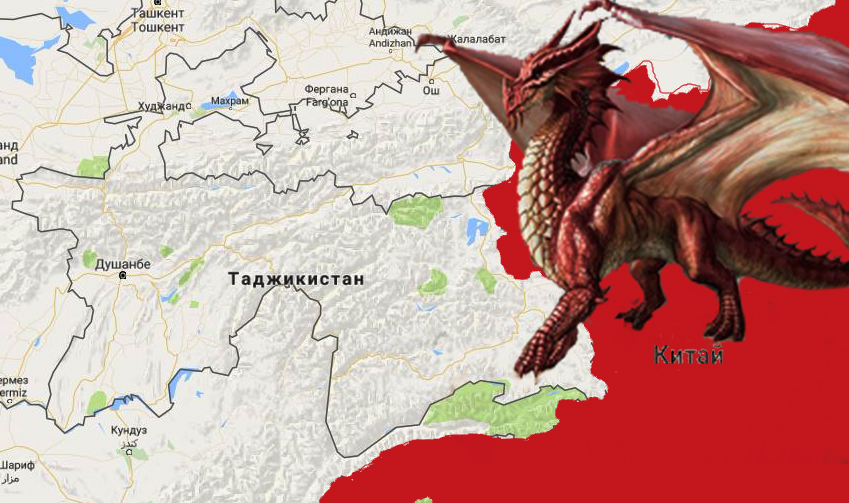The rating agency Fitch Ratings maintains a high level of political risk for Tajikistan due to the large size of the country's foreign debt.
The analysts see the greatest risk in the relations of Tajikistan with the country's largest creditor - China. The loans granted exert political pressure on the Tajik authorities, forcing them to maintain strong ties with China, according to the material on the Fitch Solutions website (a division of Fitch Ratings that distributes analytical products).
The material notes that if the relations deteriorate, Tajikistan "may face a hostile neighbor and financial collapse".
Thus, the agency retains political risk for Tajikistan at the level of 36.2 points on a 100-point scale, where countries with the lowest level of risk receive the highest scores in points.
The authors of the publication emphasize that Tajikistan's debt-to-GDP ratio has increased from about 30% in 2008 to more than 50% in 2018.
At the same time, the material says, the country's gold and currency reserves did not exceed $ 1.3 billion, in which the share of gold is 50.3%.
It is notes that Tajikistan owes three major creditors: China, international financial institutions and investors in the bond market.
«Political risk in Tajikistan increasingly depends on the high level of government borrowing. At the same time, the government's ability to meet its debt obligations has decreased, and this will become a key source of political risk in the coming years», - Fitch Solutions analysts conclude.
Political risk - probability of losses arising from public policy.
To whom and how much owes Tajikistan?
The size of Tajikistan's public debt at the beginning of this year reached almost $ 3 billion 670 million. This indicator was 51.4% of the country's GDP.
About $ 2.9 billion in the national debt of the republic was external debt and about $ 770 million - domestic debt.
The main external creditor of Tajikistan is the Eximbank of China, to which the republic owes more than $ 1.2 billion. Debt resulting from the sale of government securities on international markets is $ 500 million. Also, relatively large debts are before the World Bank ($ 318 million), the Asian Development Bank ($ 278 million) and the Islamic Development Bank ($ 112 million)






